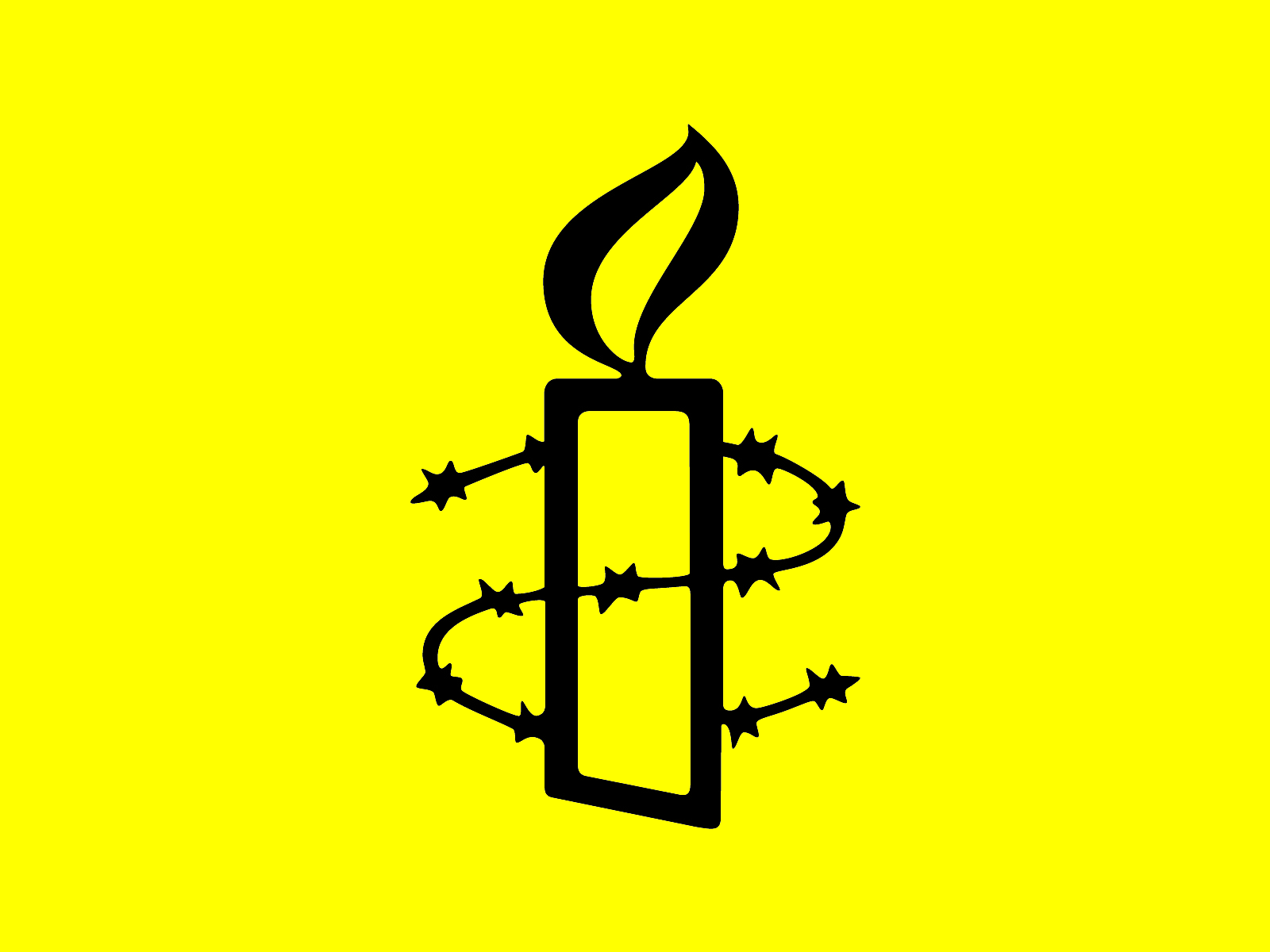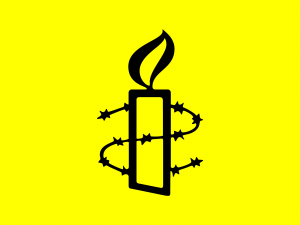Pre Amnesty Era
The Niger Delta covers 20,000 km² within wetlands of 70,000 km² formed primarily by sediment deposition. Home to 20 million people and 40 different ethnic groups, this floodplain makes up 7.5% of Nigeria’s total land mass. It is the largest wetland and maintains the third-largest drainage basin in Africa. The Niger Delta cuts across three geopolitical zones of Nigeria namely; South South, South East and South West. The three geopolitical zones consist of nine states: Rivers, Bayelsa, Akwa Ibom, Cross Rivers, Delta, Edo, Imo, Abia and Ondo. The Nigerian economy is largely dependent on its oil sector (Niger Delta) which supplies 95% of its foreign exchange earnings.
The irony is this; the citizens of the area live in poverty and suffer deprivation, environmental hazards (slow poisoning of the waters, destruction of vegetation and agricultural land by oil spills) and threats to their sources of livelihood. But since the inception of the oil industry in Nigeria more than twenty-five years ago, there has been no concerted and effective effort on the part of the government, let alone the oil operators, to control environmental problems associated with the industry. It was as a result of these challenges that the citizens of the area began a protest for change, an act to attract the attention of the Government.
The Revolution
The Niger Delta crisis was brought to public limelight in 1966, by the then student union president of University of Nigeria, Nsukka (UNN), from the College of Science, Department of Chemistry, Isaac Jasper Adaka Boro (September 10, 1938 – May 9, 1968). He led a group of armed protesters, under the auspices of the Niger Delta Volunteer Force, against exploitation of oil and gas resources in the Niger Delta region which was directional and benefited only the federal government of Nigeria. The motive behind the protest was to expose the negligence of the government which merely considered the Niger Delta region an area for massive exploitation.
Isaac Boro’s war was carried on by the Ijaws, and by 1995 more activists paid the price. The late Ken Saro- Wiwa and the Ogoni eight (Saturday Dobee, Nordu Eawo, Daniel Gbooko, Paul Levera, Felix Nuate, Baribor Bera, Barinem Kiobel, and John Kpuine) made the utmost sacrifice for the freedom of their people. The Ijaws were incensed, and a national problem became an international issue. What began as a simple protest had escalated beyond the spheres of the Niger-Delta to international horizons. As a fallout of the uproar over the killing of Ken Saro-Wiwa, on December 11, 1988 the Kaiama declaration was released. The Kaiama declaration made a historic mark; it witnessed the collation of representative organizations and over 43 communities that constitute the Ijaw nation to debate on a way forward for a proper livelihood for their people. The declaration spurred a series of demands, like the Land Use decree, ownership of all land and natural resources within the territory, a demand that all oil companies to stop exploration and exploitation activities in the region, and the demand for resource control.
The declaration led to pandemonium in that region. The youth (Age 18-45years) of the Niger-Delta fled to tributaries and creeks, comprised themselves into mercenary groups and took up arms against the Federal Government in agitation for resource control as stated by their declaration. At the beginning of the new millennium, year 2000 – 2009, there was a lot of instability in the region; kidnappings, killings, and bombing of oil installations. By and by, crime rate and violence escalated.
The Amnesty Initiative
Thursday the 2nd, April 2009 the late Umaru Musa Yar’Adua, then President of Nigeria, took a bold step to see peace restored in the Niger Delta region. After considering the pros and cons and relying on the powers conferred on him, he declared amnesty for the Niger Delta insurgents. He further went ahead, in the same year, to create the first ever Federal Ministry for Niger Delta Affairs as part of his effort and yearning to put an end to the unrest in the region. He initiated the Amnesty Program with the aim of disarming, demobilizing, rehabilitating and re-integrating militants into their communities with a pledge to tackle the challenges facing the region.
Post Amnesty Era
The Amnesty Programme was and is a successful work-in-progress, because it is a scheme that was welcome by the militants. A peace committee was set up, where arms and ammunition were handed over to the government. The militants came out in droves and submitted their weaponry in exchange for a presidential pardon and a rehabilitation programme to be paid for by the government.
At present, rehabilitation centres have been established and the militants have started the process of rehabilitation via foundational trainings. Training bodies like the Birth Kings have been graduating their ex-militant students and the hopes of these graduates are high, their futures appear brighter and their scope of knowledge wider.
However, four years after, all is still not perfect; reports show that while some have been able to finish the programme and return to their homes with viable business skills and startup capital, others have not been as lucky since they still await the funding needed to get on with their new lives. The Niger Delta is still plagued by violence, but most of it is not spurred by the oil crisis; the arms in the region have fallen in the hands of young able-bodied men who have found it more lucrative to terrorize the region than to take regular jobs.
In the long run, added to the amnesty, the basic needs of the community and the country at large have to be addressed. While the North is in the throes of a war that amnesty cannot solve, the nation struggles on in pain, waiting for the day the basic needs of the common man are met sufficiently so he can live a more comfortable life.



